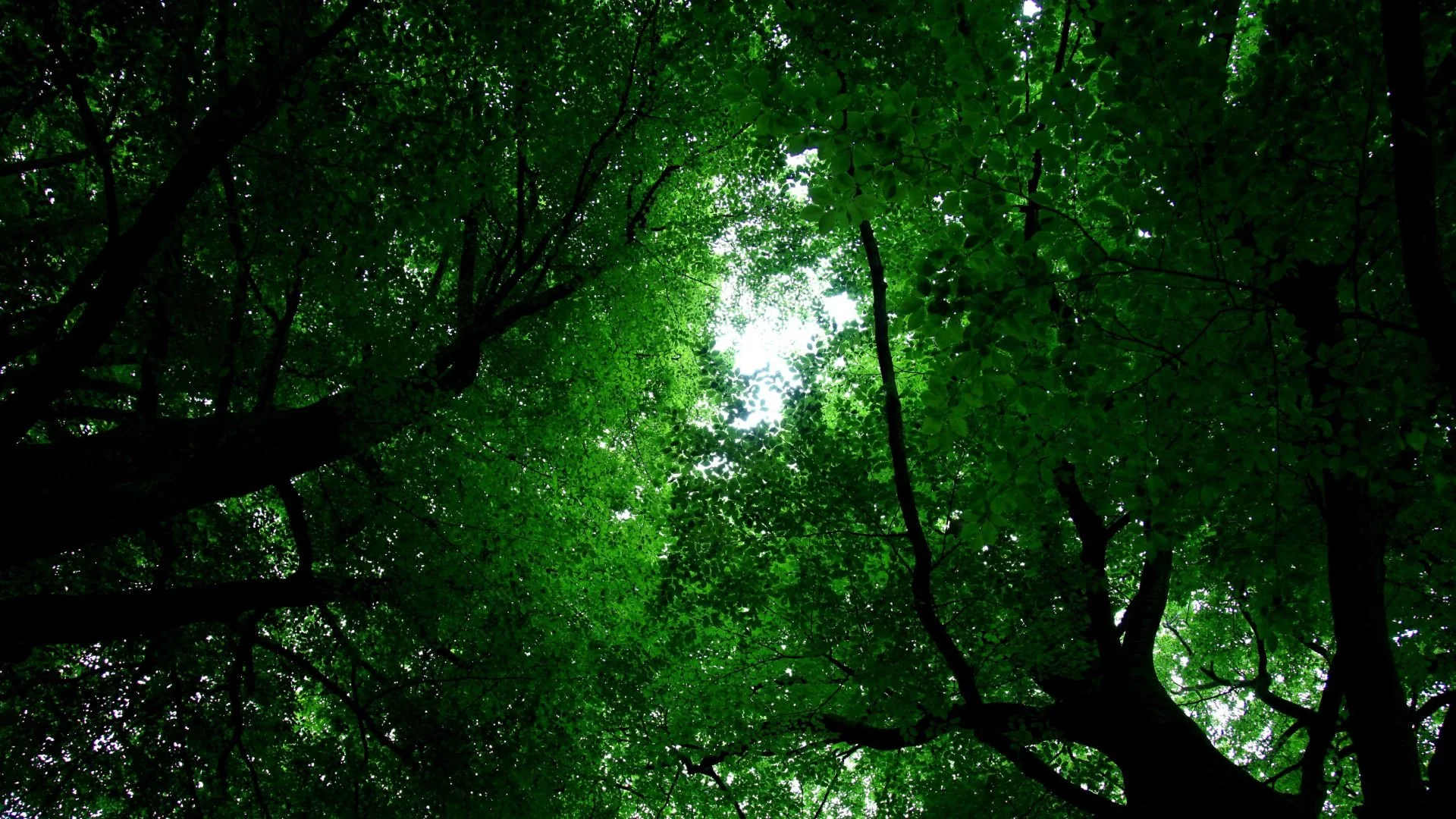Tree Risk Assesment
Understanding the health and stability of your trees is vital to preventing accidents and damage. At Top Line Tree Services LLC, our comprehensive tree risk assessment services are designed to evaluate the condition of your trees thoroughly, identify potential hazards, and provide actionable recommendations to mitigate risks, ensuring the safety of your property.
Why Tree Risk assessment Is Important
Trees are living organisms that can be affected by various environmental factors, diseases, and structural issues over time. Without regular assessment, theses issues can go unnoticed until they pose a significant risk to your property and safety. Tree risk assessment helps in:
Preventing Property Damage
By identifying weak and damaged branches and trees that could fall, you can take proactive steps to prevent potential property damage.
Ensuring Safety
Hazardous trees pose a risk to people and pets. Regular assessments help ensure that your outdoor spaces are safe.
Maintaining tree health
Early detection of diseases and structural problems allows for timely interventions that can save the tree and maintain its health.
Our Tree risk Assessment Process:
-
Our arborist starts with a detailed visual inspection of each tree. We look for signs of disease, decay, pest infestations, structural defects, and any other visible issues. Key indicators include:
Cracks or Splits: These can indicate a tree’s structural weakness and a higher likelihood of breaking.
Dead or Dying Branches: These are more likely to fall and can be a sign of underlying health problems.
Leaning Trees: Trees that lean significantly may have root or structural issues that need addressing.
Fungal Growth: Mushrooms or fungal bodies at the base of a tree can indicate internal decay.
Cavities and Holes: These can weaken the tree’s structure ad increase risk of breakage.
-
For a more in-depth analysis, we use advanced diagnostic tools such as;
Resistograph: This tool measures the resistance of wood to detect internal decay and cavities without causing damage to the tree.
Tomography: Similar to medical imaging, this technique provides a detailed cross sectional image of the tree’s internal structure, revealing hidden issues.
Soil Probes: These help assess soil conditions and root health, which are crucial for the stability of the tree.
-
After the inspection, we rate the risk level of each tree based on factors such as likelihood of failure, the potential target, and the severity of impact. our risk rating system helps prioritize which trees need immediate attention and which ones require monitoring.
Based on our findings, we provide detailed recommendations for mitigating tasks, which may include:
Pruning: removing hazardous branches to reduce the risk of falling.
Cabling & Bracing: Providing additional support to structurally weak trees.
Tree Removal: Safely removing trees that pose an unacceptable risk.
Soil Management: Improving soil conditions to enhance root stability.
Health Treatments: Addressing diseases or pest infestations to improve tree health.
get started today!
Ready to improve the health and safety of your trees? Contact us now for a free tree risk assessment.





